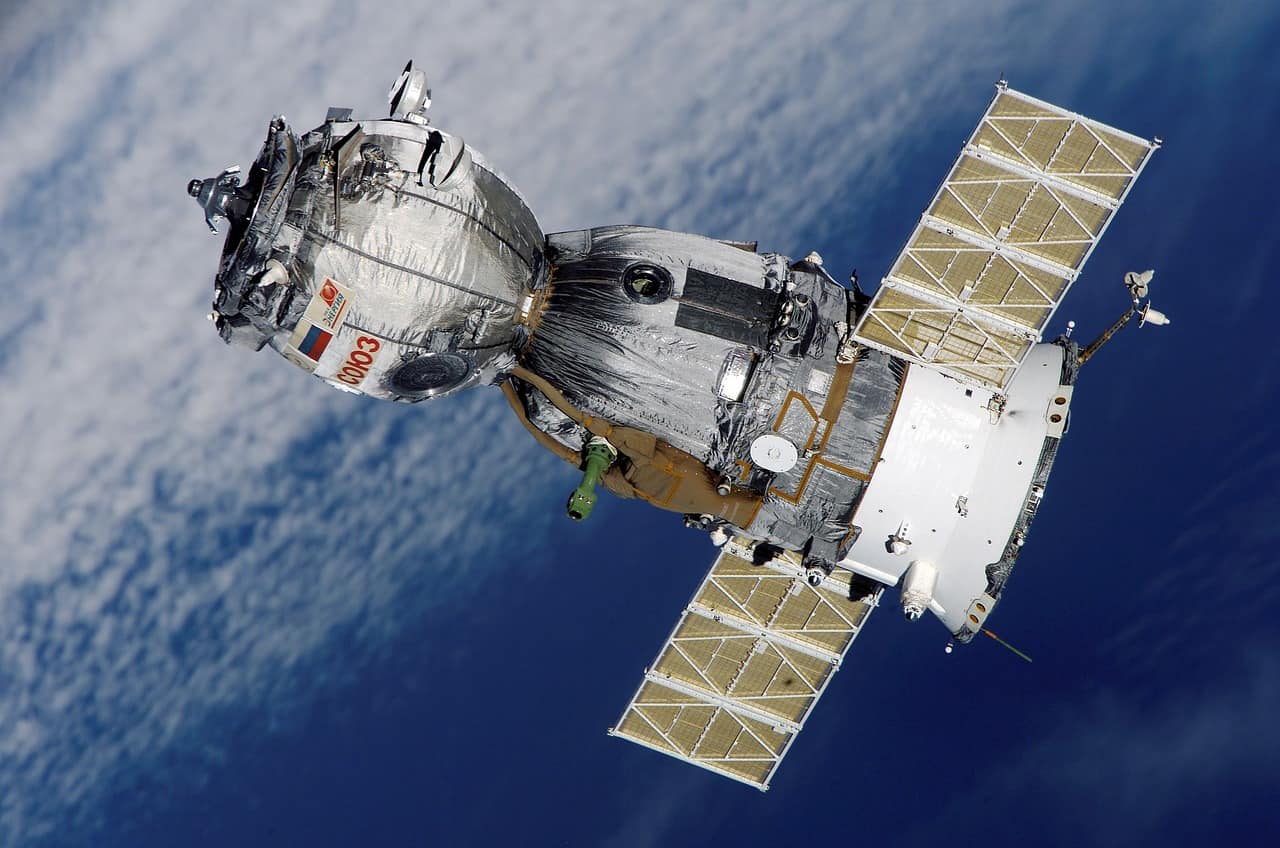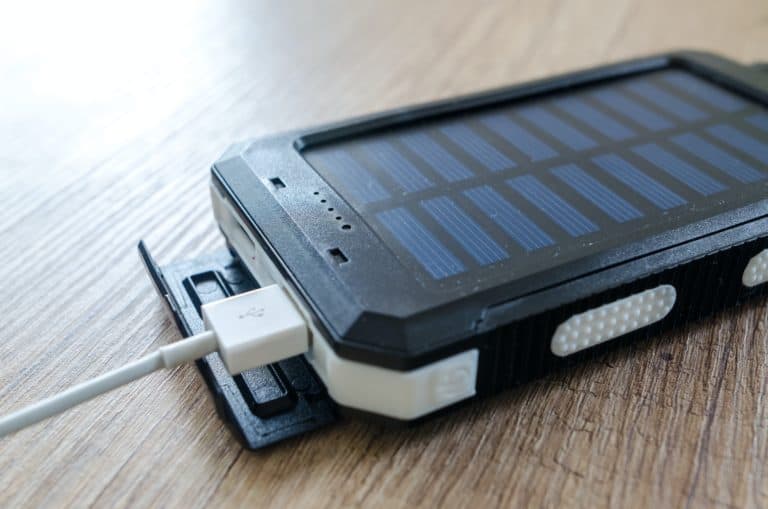Future outlook of space-based solar power in the UK
The UK government has recently approved $4.3 million in funding to promote the cutting-edge technology of space-based solar power (SBSP) industry in the United Kingdom.
In alignment with the Net Zero commitment made by the government, and in collaboration with other countries, the objective is to develop a prototype SBSP system in orbit by 2030.
Meanwhile, the ultimate goal is to have a fully functional system that can supply power to the grid by 2040.
The concept of space-based solar power (SBSP) involves capturing the sun’s energy in outer space and subsequently transmitting it to Earth using wireless technology.
SBSP is anticipated to generate up to 40 times more energy than land-based solar panels.
The technological process is achieved by using reflectors or inflatable mirrors to focus solar radiation onto the solar panels.
The collected energy is then transmitted to Earth by using microwave or laser technology. The energy is subsequently received on earth through a microwave antenna known as a rectenna.
The SBSP satellite system could weigh several thousand tons, and the specific power in kW per kg would be an important factor for determining both the hardware cost and its deployment into Geostationary Equatorial Orbit (GEO).
Various assessments for top Solar Power Satellite (SPS) designs have estimated the Levelised Cost of Electricity (LCOE) to be less than £5 per MWh.
Unlike solar panels on our roofs that can only generate electricity during the day, SBSP has the capacity to produce electricity continuously, 24 hours a day, for 99% of the year.
A recent study has revealed that solar power generated from space could produce up to 10GW of electricity annually by 2050. This is equivalent to a quarter of the current electricity demand in the UK.
SBSP has the potential to create a multi-billion-pound industry and generate around 143,000 jobs across the country, aligning with one of the priorities set forth by the Prime Minister to boost economic growth.
The projects to be awarded funding from the government’s Space Based Solar Power Innovation Competition, as part of the Net Zero Innovation Portfolio would be carried out by the University of Cambridge, Queen Mary University, MicroLink Devices UK Ltd, University of Bristol, Satellite Applications Catapult Ltd, Imperial College London, and EDF Energy R&D UK Centre Ltd.
Several countries have made significant progress in designing Solar Power Satellites, and the UK government has affirmed the engineering viability of this idea through an independent study.
Summary of project phases and timelines:
Phase 1 – Ground-based satellite demonstrator & balloon trials – 2022-26
Phase 3 – 500 MW SPS demonstrator in operational orbit – 2032-35
Phase 2 – 40 MW SPS demonstrator in low earth orbit – 2027-31
Phase 4 – 2GW SPS Production prototype in operation orbit – 2036-39
Possible financial challenges
Although space-based solar power is a ground-breaking idea, the program cannot be launched a completely into space just yet.
The cost of launching such a system is high and has been estimated to be about 100 times higher than current utility costs thus, making it uncompetitive at present.
One factor contributing to the extremely high costs is the significant expense of launching solar panels into space, primarily due to their high mass-to-power ratio.
This means that current solar panels are too heavy for the amount of energy they produce, making them unfeasible.
There are various reasons why the cost of solar panels is high, one of which is due to the expensive materials used in their production.
In addition, there are also high costs associated with transporting these materials into space given that they require multiple shuttles launches that are not reusable.
Therefore, not only is launching solar panels costly but so too is transporting all other necessary materials needed for space exploration.
Research into SBSP is still being conducted to determine the most practical and cost-effective approach for launching space-based solar panels and launch systems.
It is well-known that the space environment can present various dangers that can likely harm solar power components.
These hazards include space debris and intense solar radiation, which can deteriorate the solar panels up to eight times faster than those installed on Earth.
However, with progressive research and investments, there is still a very high possibility that SBSP is the viable future of solar power.
Lowering the cost of space-based solar power could make it a significant source of sustainable energy that never runs out.
Moreover, China, the US, and Japan are already planning to implement this technology in space and may provide valuable insights for future improvements.






